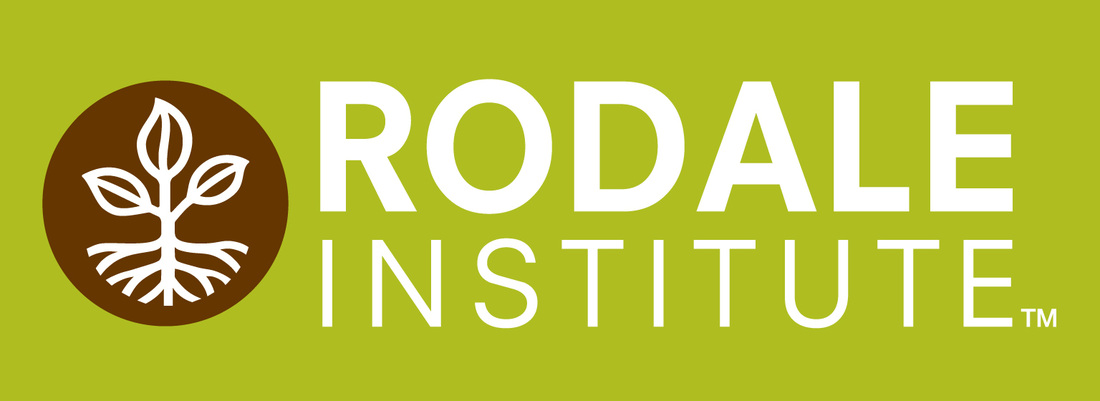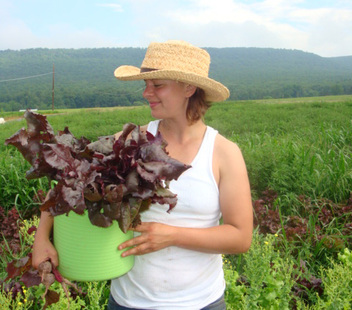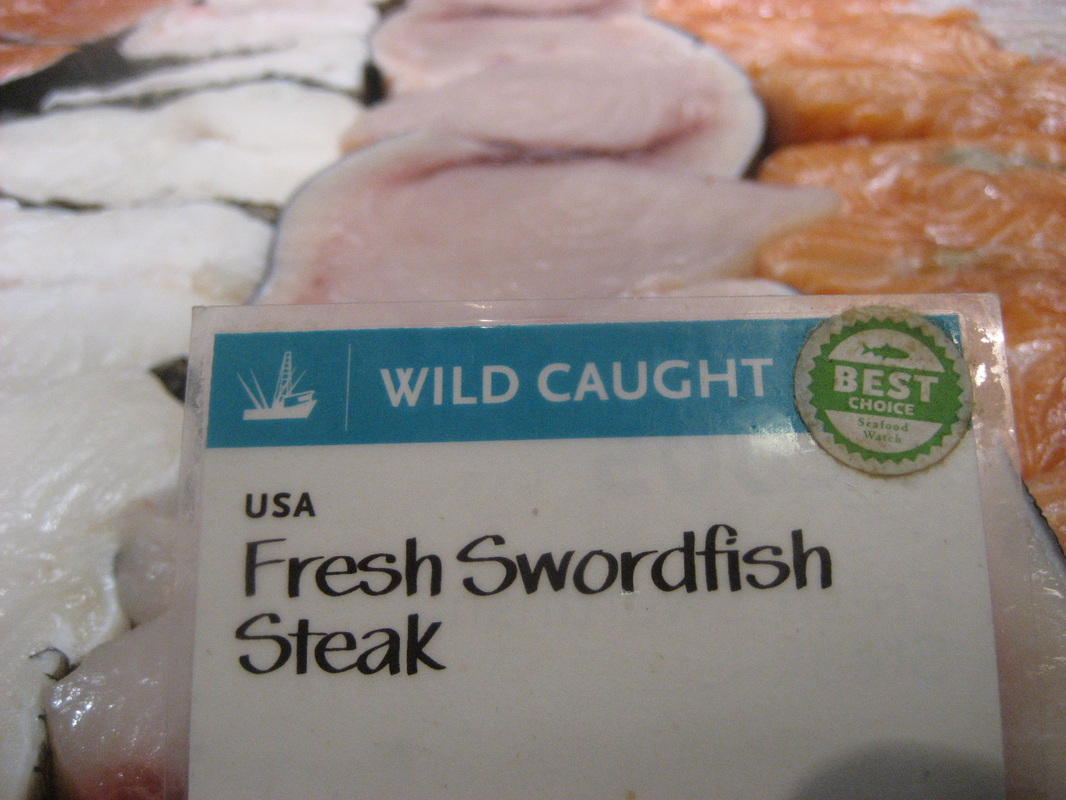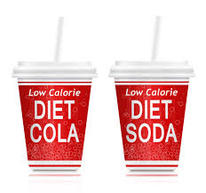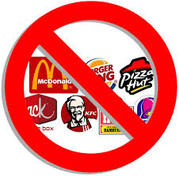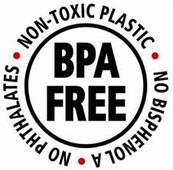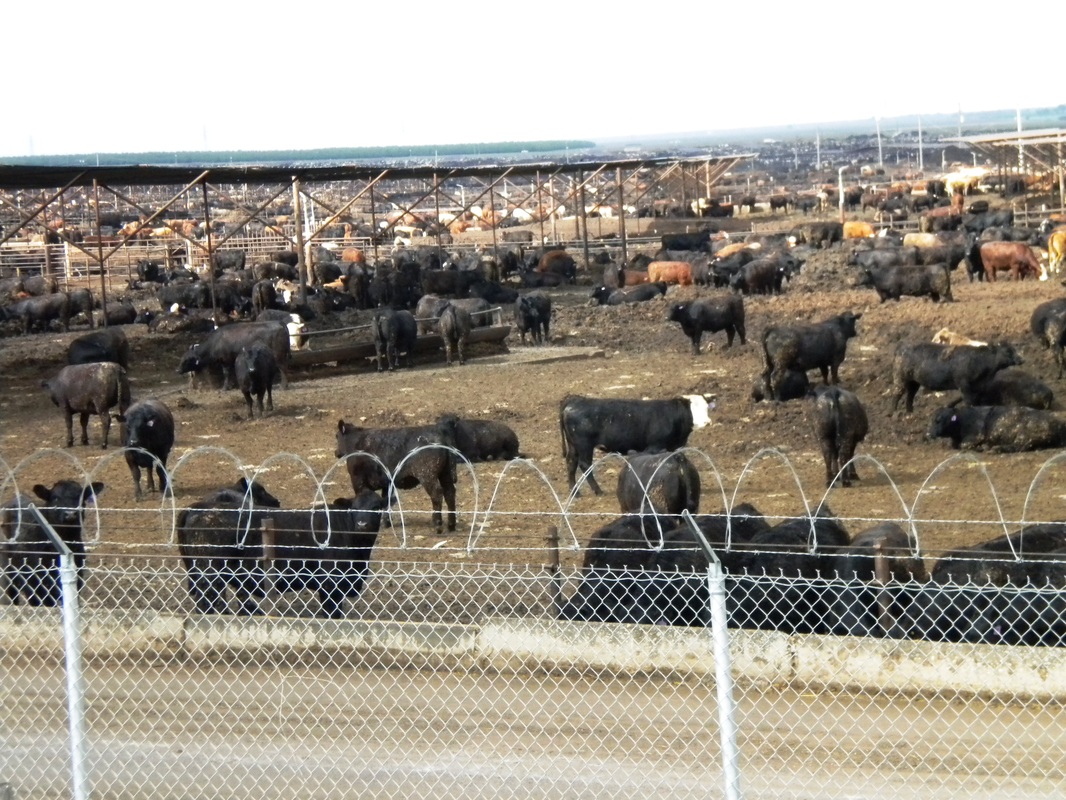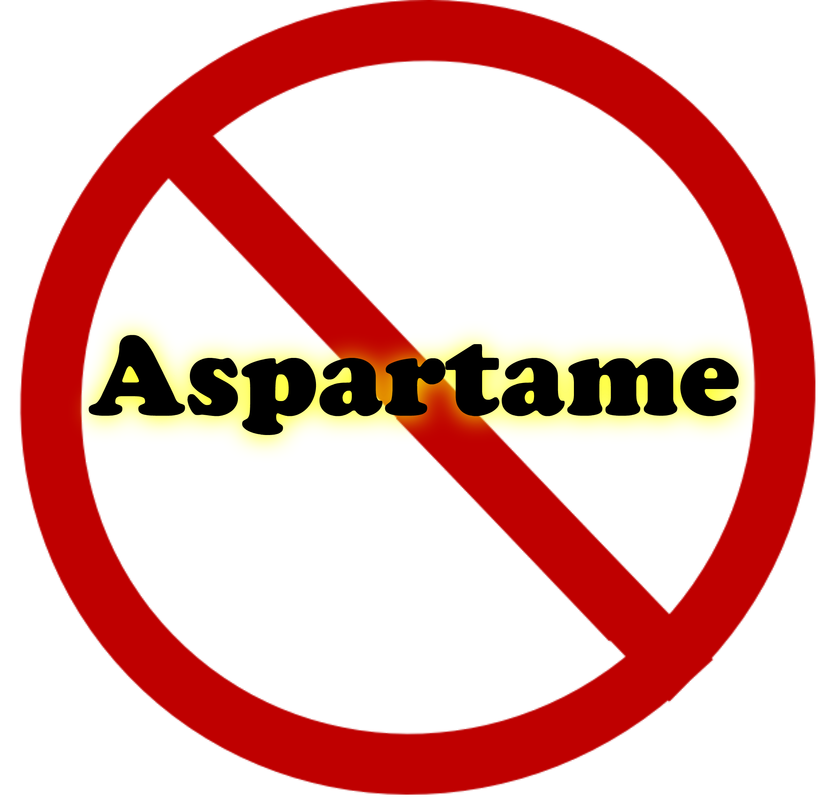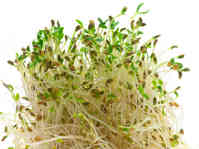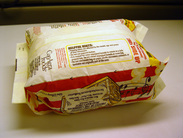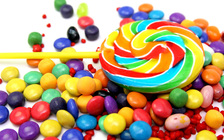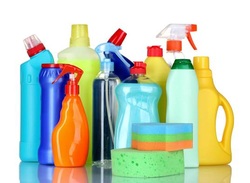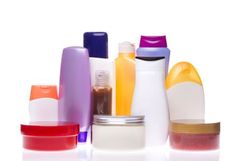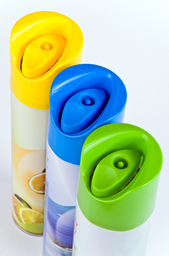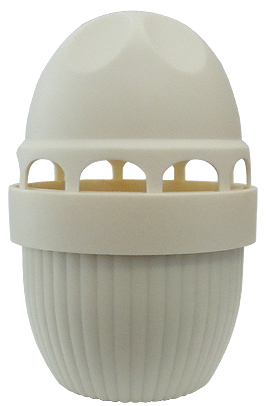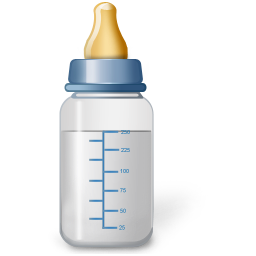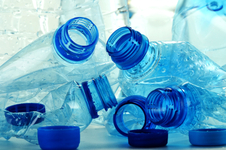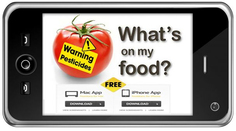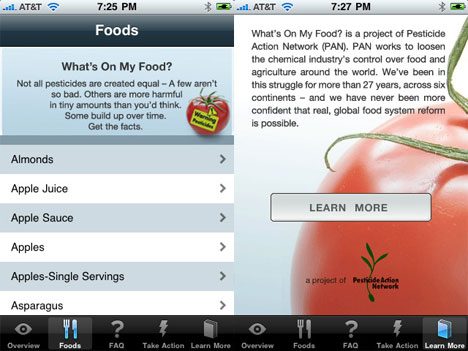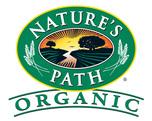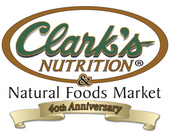|
|
|
ealth.yahoo.net/articles/nutrition/photos/14-foods-you-should-cut-your-diet#1
Phthlates, GMOs, antibiotics, and other chemicals in cosmetics, air fresheners, food, cleaners, parfumes, deodorants, shower curtains, water and beverage bottles, are making us fat!
|
Leah Zerbe is an online editor for Rodale.com, but is also a wife and farmer that understands both sides of farm issues.
|
Leah Zerbe writes for Rodale.com and knows her stuff. Hear our 45 min. interview with Leah and you'll learn at least 10 new things about what's making us fat!Don't have time to listen to this broadcast right now. No problem. Download the file and listen later on your computer, cell, notepad, or in your car. You don't have to miss all that information Leah shared with us.
| ||||||||
|
Avoid plastics that do not have the recycle #1. The products with #1 are safer for your family.aka “Fragrance,” “The Softener”
Go to Safer Chemicals, Healthy Families website for more information on how to protect your family from toxic chemicals. Phthalates like to make hard plastics more flexible, and to act as an adhesive, dye, and solvent in other products. Phthalates don’t care about fame — they prefer to stay hidden on product labels with simple pseudonyms like “fragrance.” Phthalates may be publicity shy, but given the right setting, they can off-gas and volatize with the best of them. Air fresheners contain phthlates.
How to avoid
1. There’s no sure-fire way to completely avoid phthalates until Congress passes the Safe Chemicals Act, legislation that will require chemical manufacturers to demonstrate that their products are safe before they end up in our lotions, dashboards, and bodies. Until then... 2. Skip the fragrance when choosing cosmetics, personal care products, cleaning products, detergents, and air fresheners. Manufacturers aren’t required to list phthalates on the label, but any item listed as “fragrance” is often a chemical mixture that can contain phthalates. 3. When buying cosmetics, purchase from companies that have pledged not to use phthalates. 4. Check the Healthy Toys database for toys bought before 2009 - they may contain phthalates. 5. Avoid buying plastics that may be treated with phthalates, including vinyl toys, shower curtains, and gloves. Look out for "PVC," "V" or the "3" recycling code on the item or its packaging. 6. If you have vinyl flooring in your home, damp mop regularly since phthalates bind to dust on the floor. Direct sunlight on vinyl tiles causes them to release phthalates more quickly, so put lower blinds on windows that shine directly on flooring.
Frequent hangouts Cosmetics and personal care products; fragrances used in products ranging from cleaning products to perfumes and air fresheners; pharmaceuticals, medical devices, toys, food packaging, sealants, printing inks, vinyl shower curtains, and building materials such as vinyl flooring, house dust. Why they're dangerous Phthalates are linked to lower testosterone levels, decreased sperm counts and poor sperm quality. Exposure to phthalates during development has been linked to malformations of the male reproductive tract and testicular cancer. Young children and developing fetuses are most at risk. Phthalates also have been associated with obesity, reduced female fertility, preterm birth and low birthweight, a worsening of allergy and asthma symptoms, and behavior changes. Fun fact Enjoy that new car smell? Thank phthalates! Because phthalates are not chemically bound to products, they easily migrate or off-gas, making them easy to inhale. Find out what they're not telling you on the label.
Visit our accounts for information to read and share with others:
|
|
|


